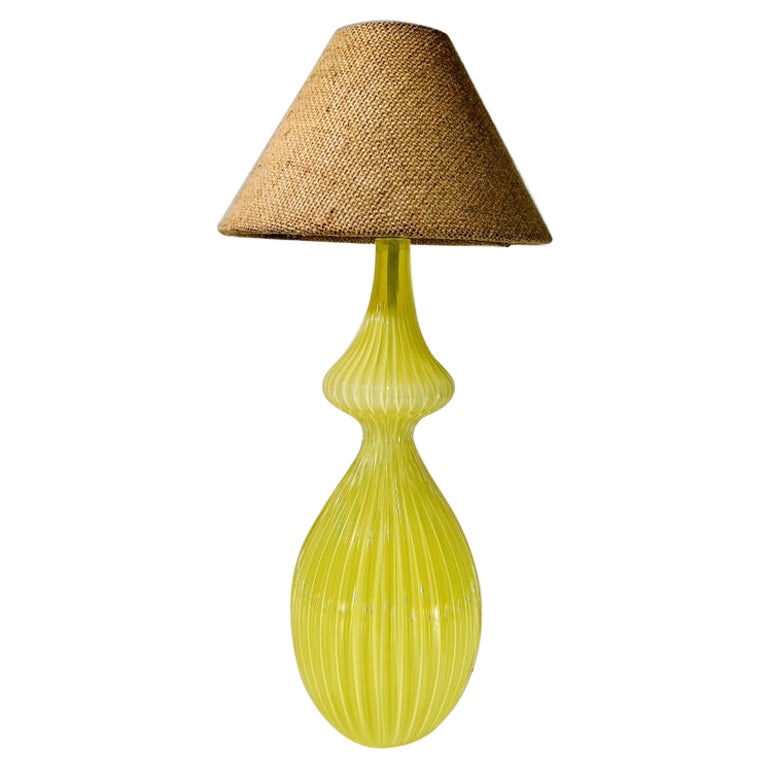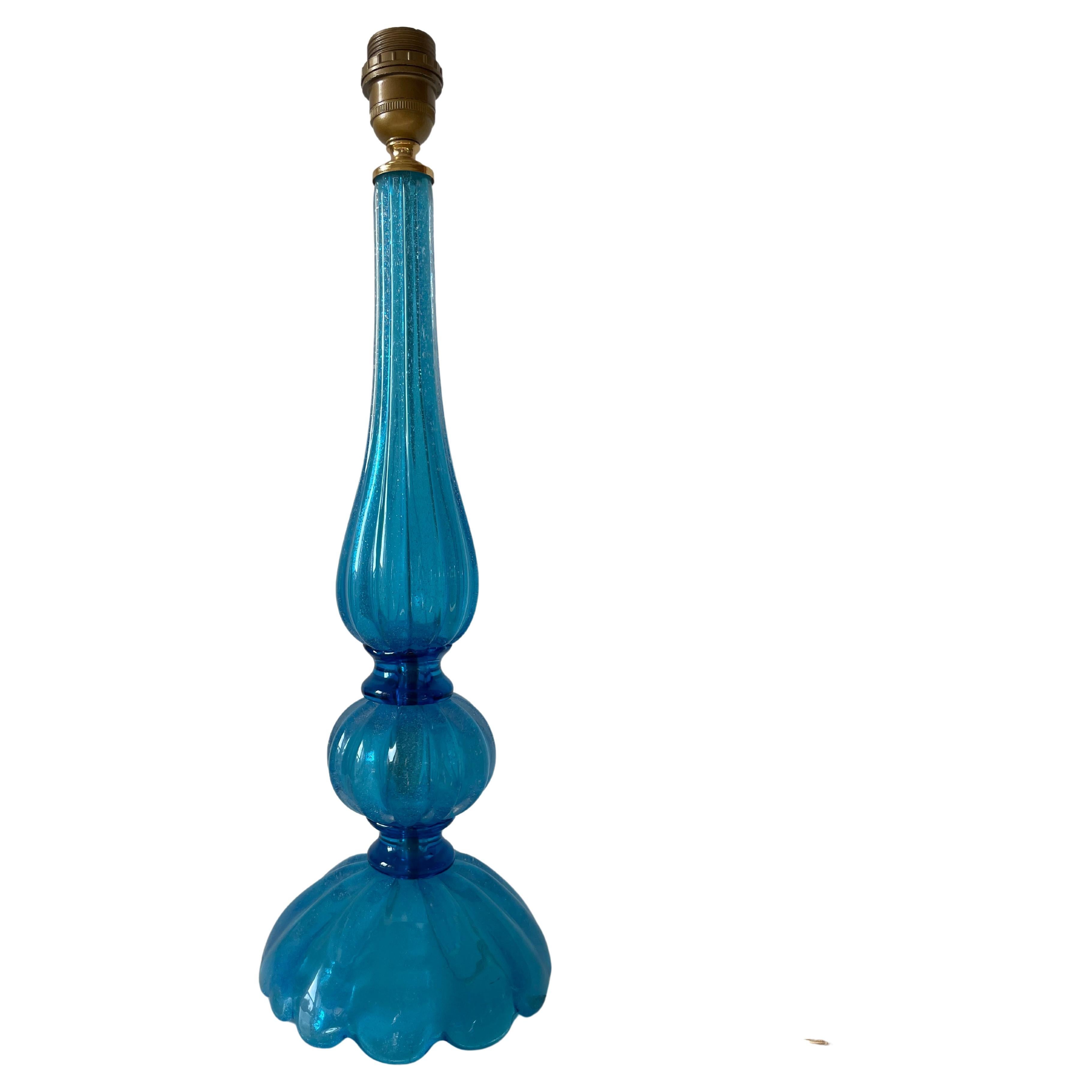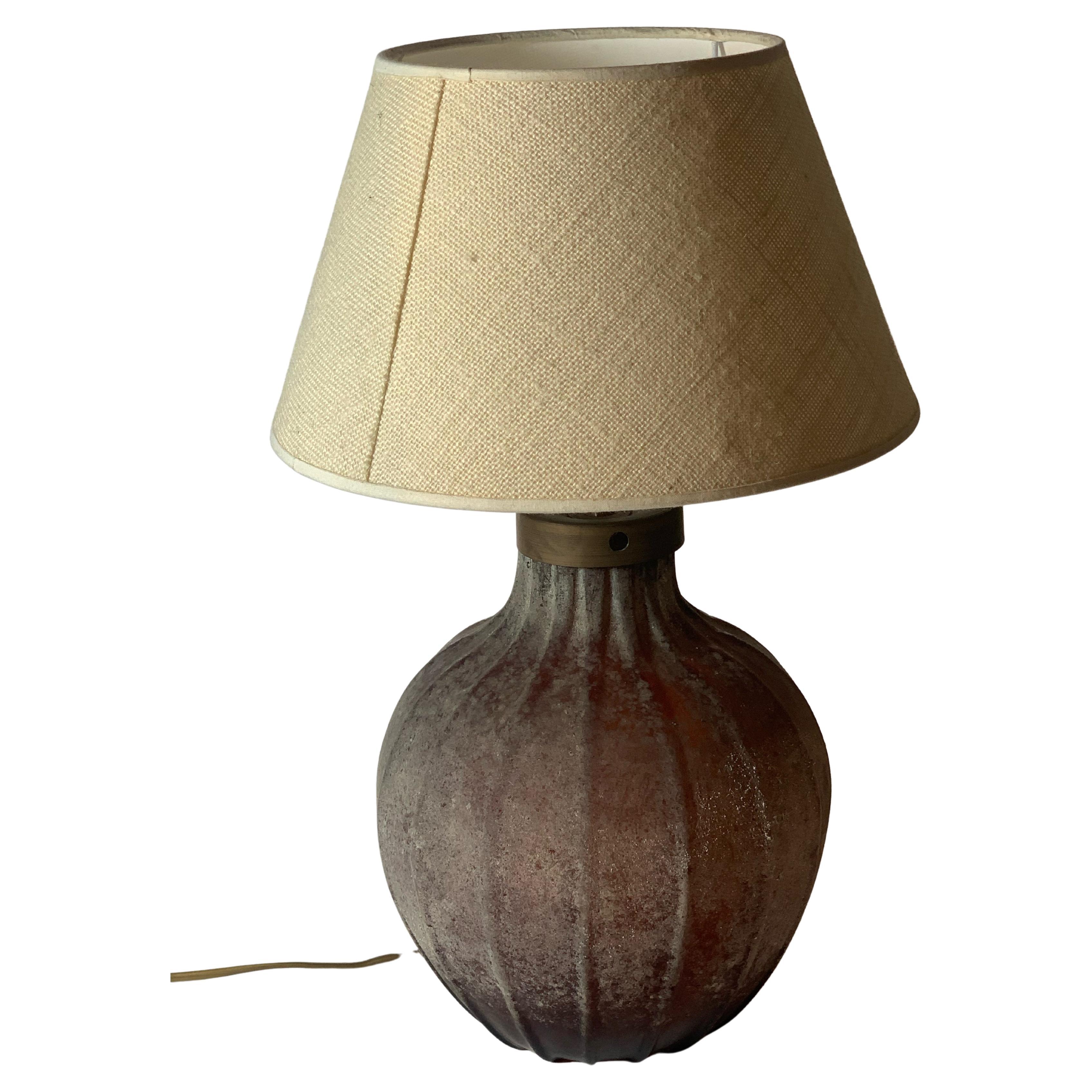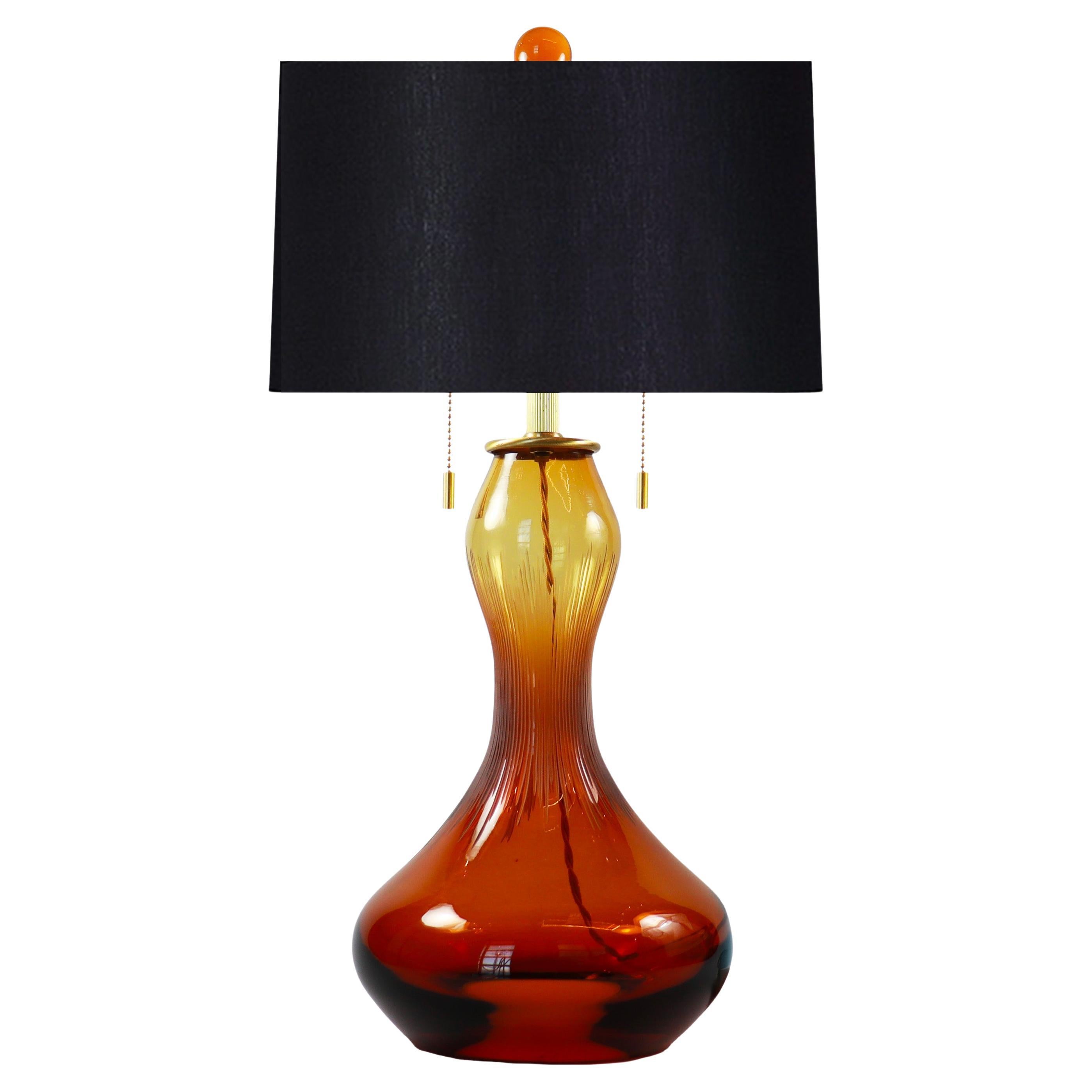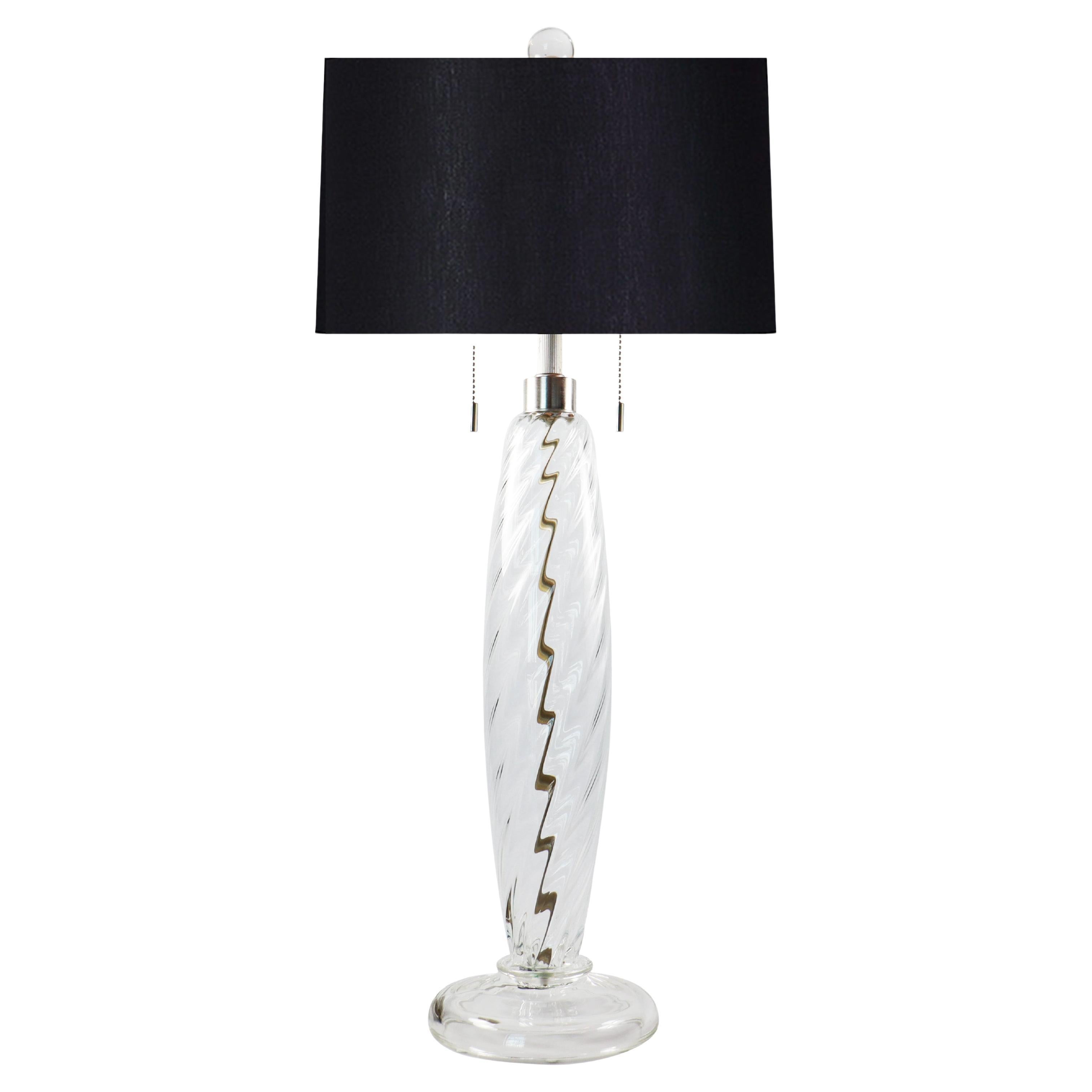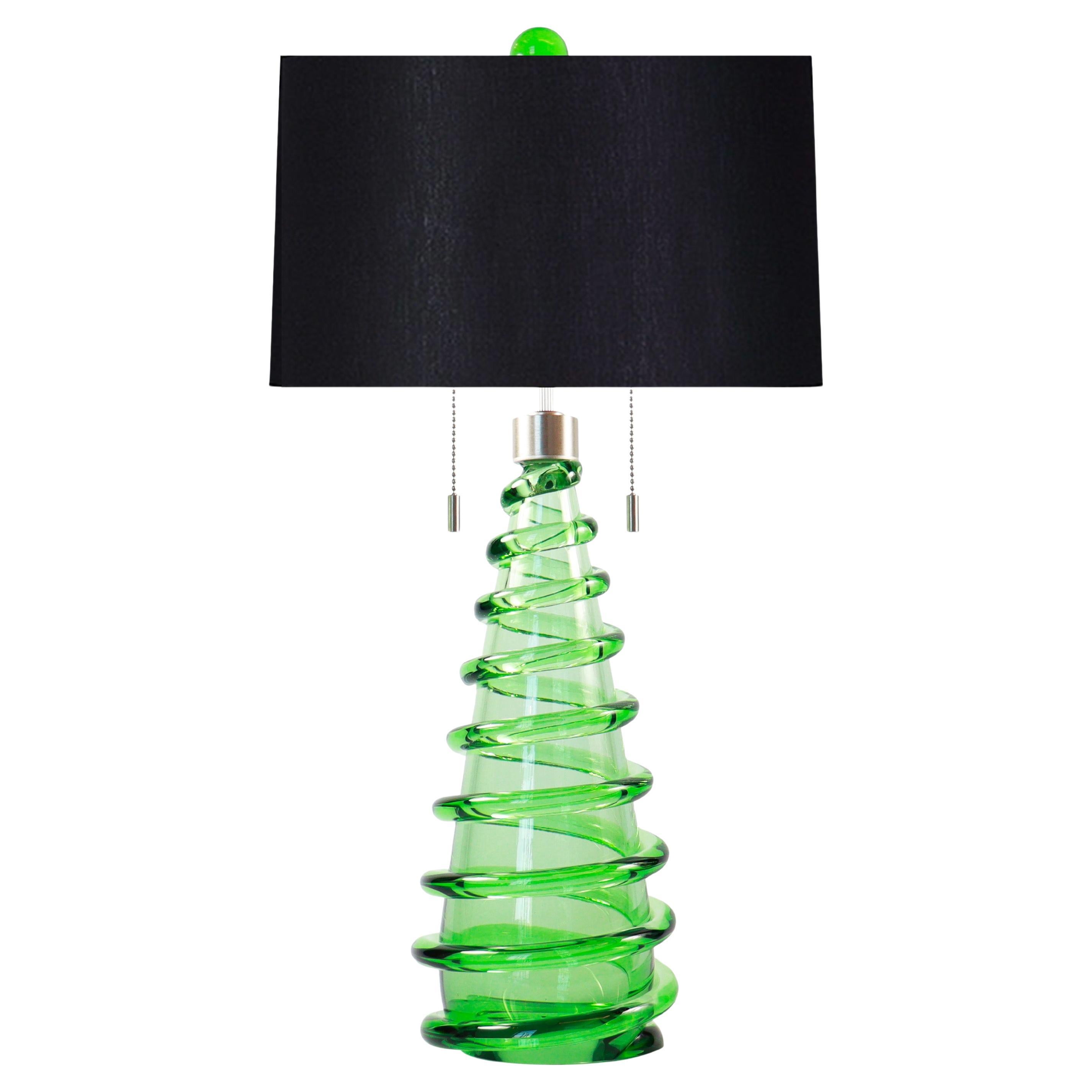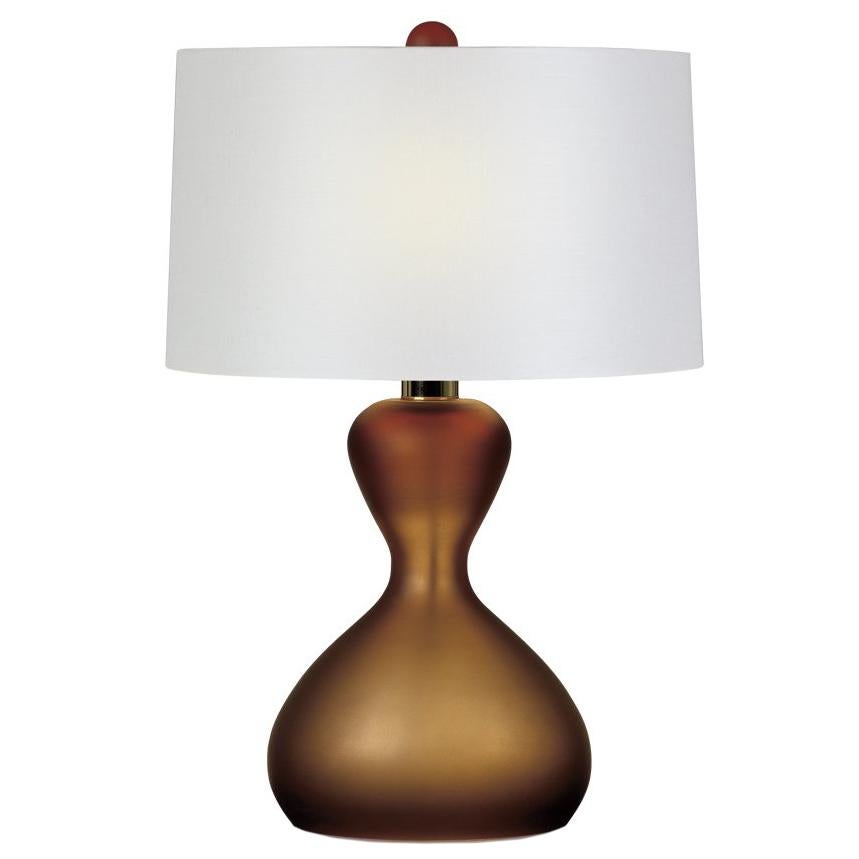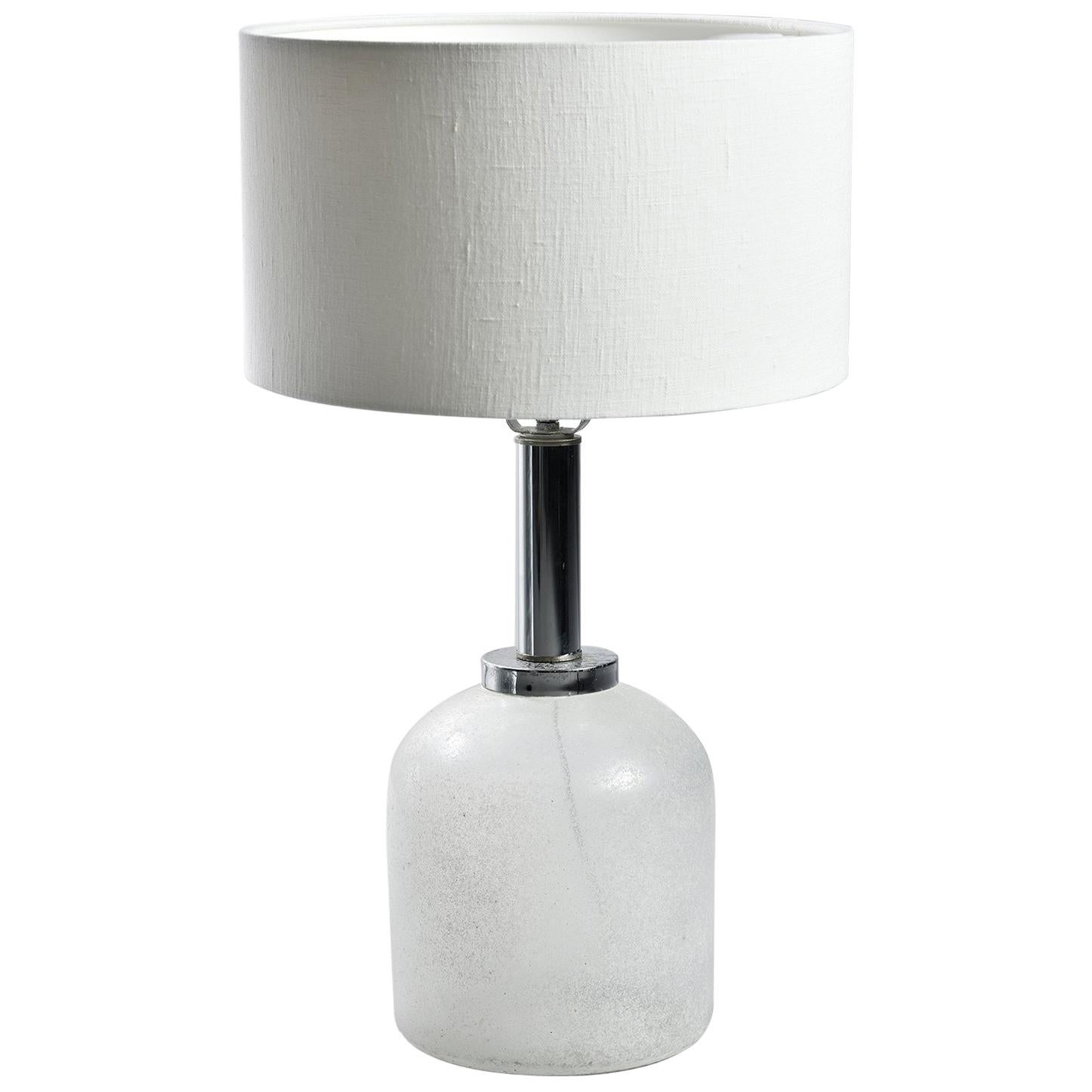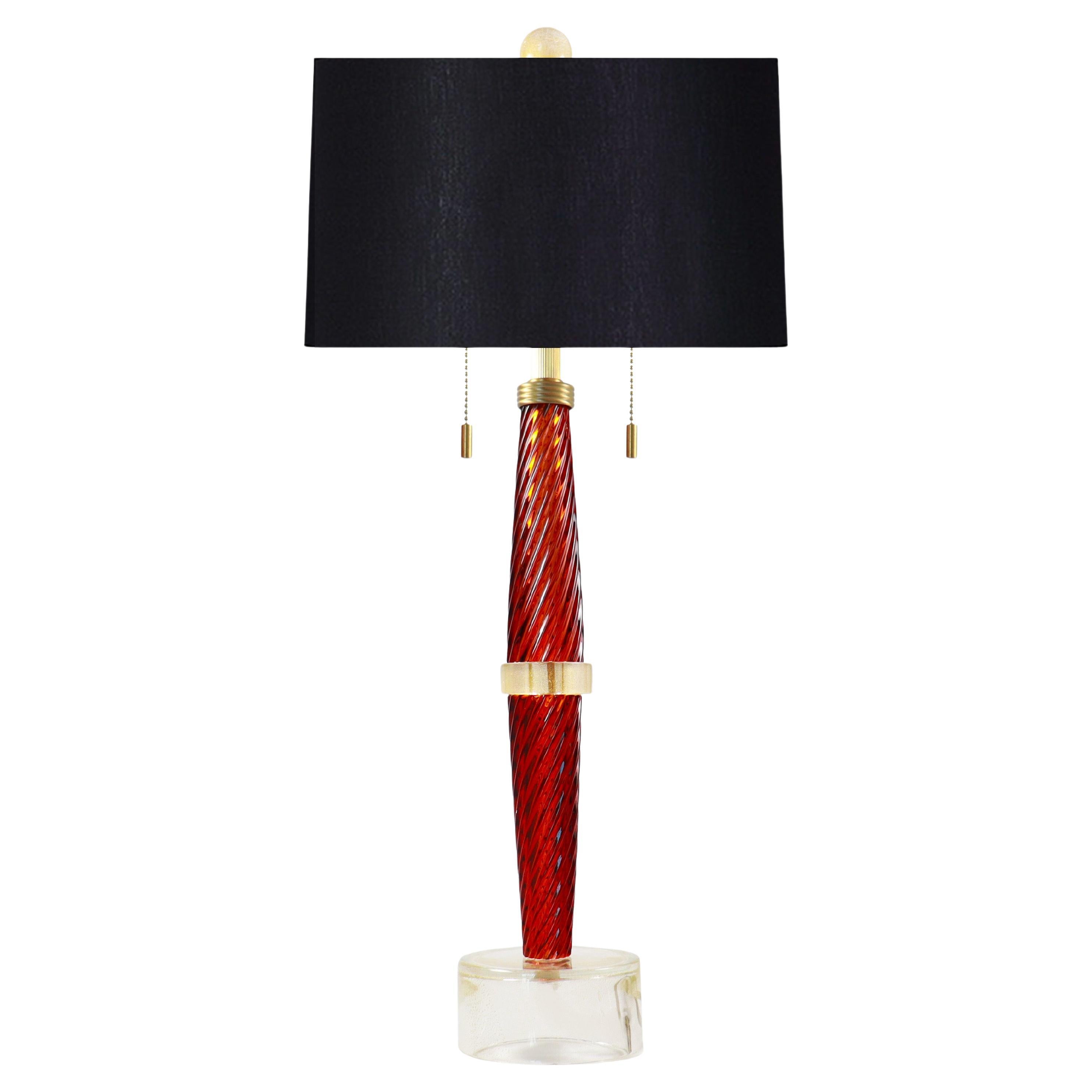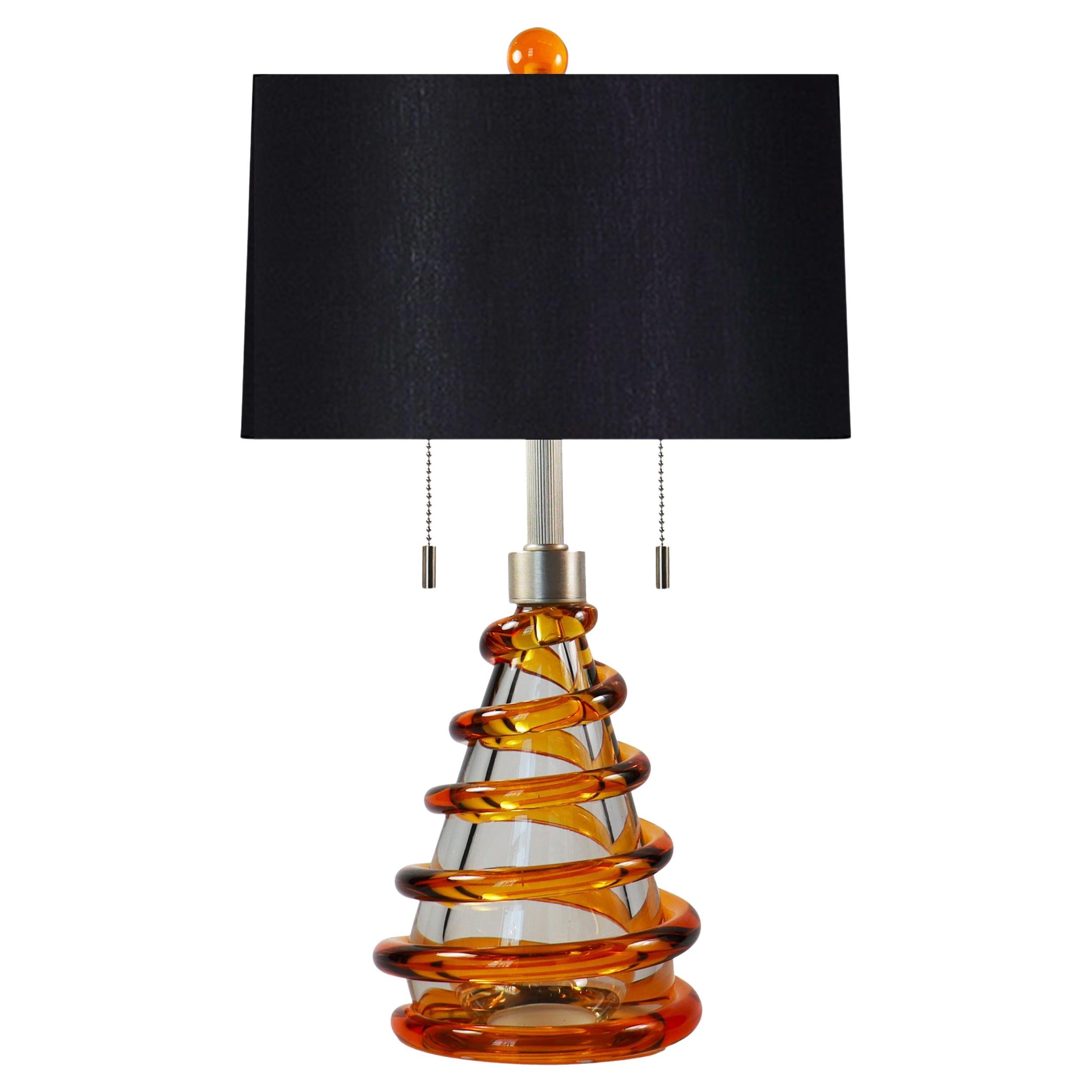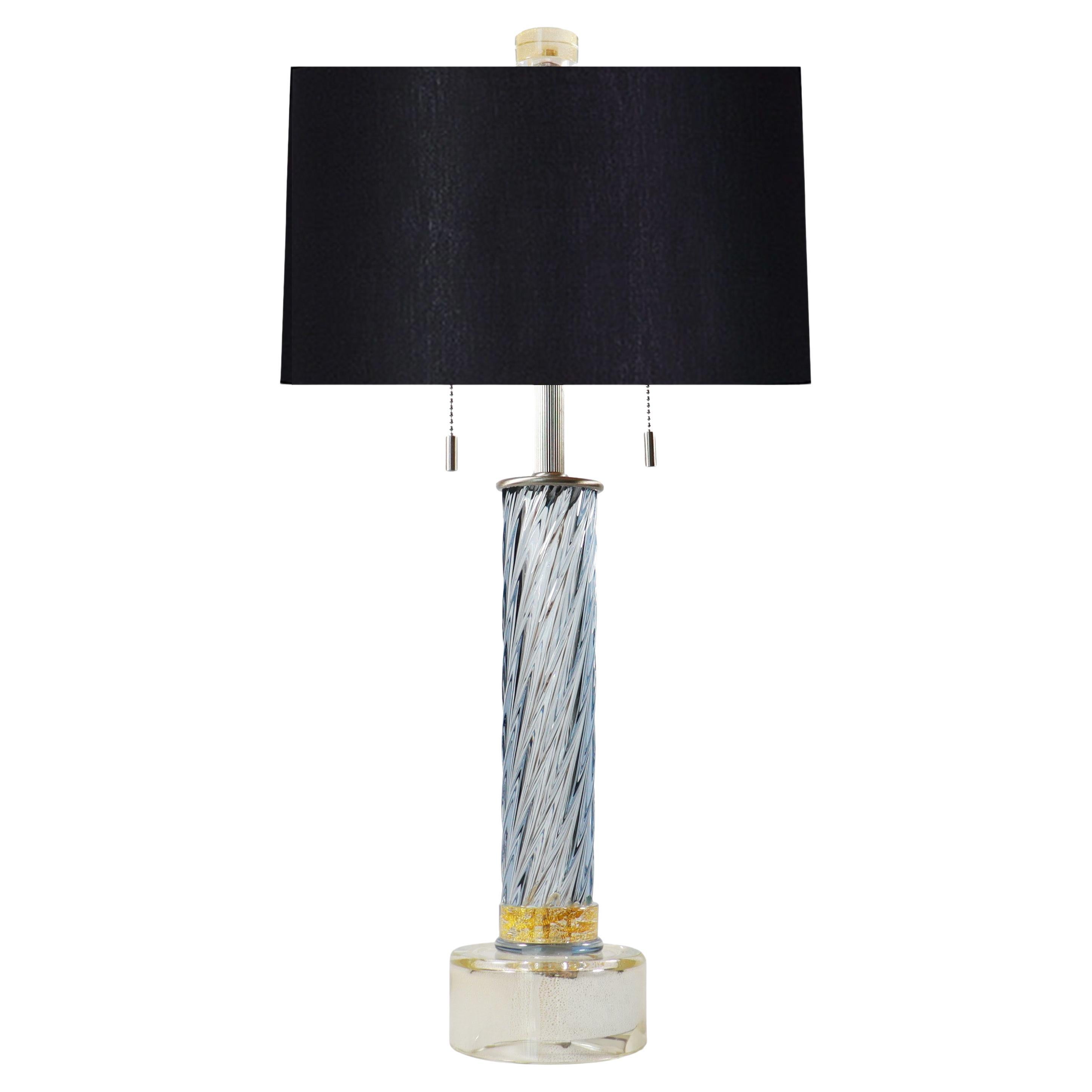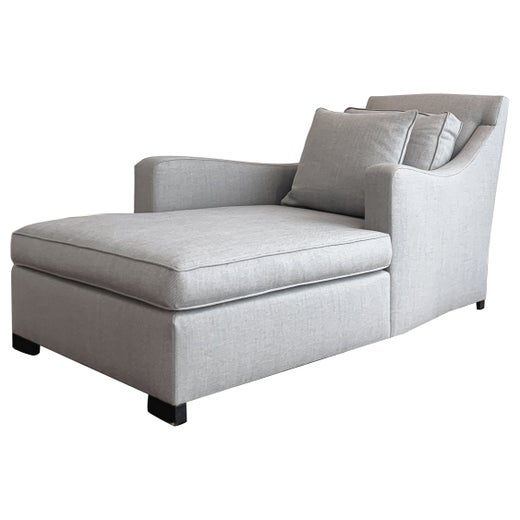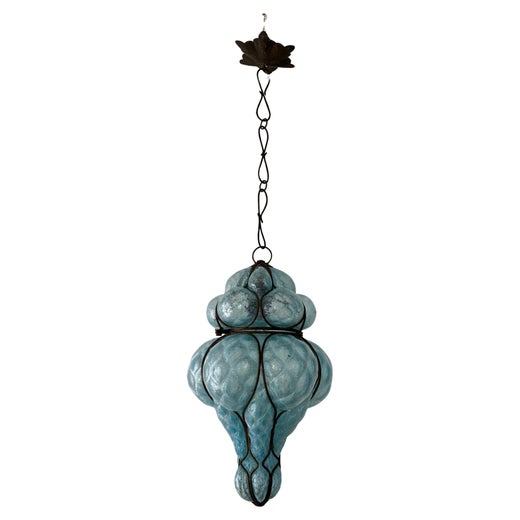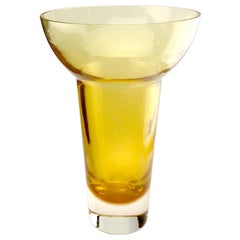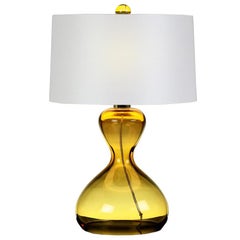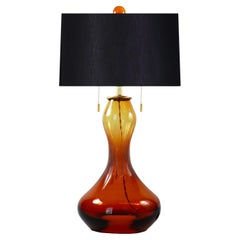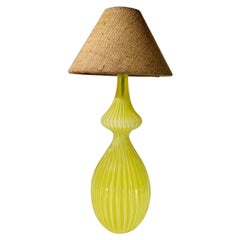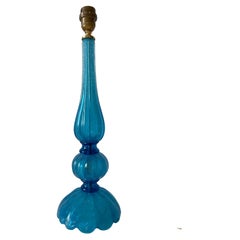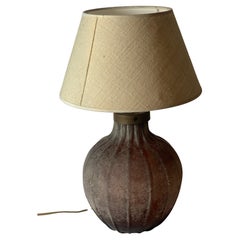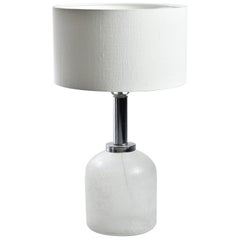
Donghia, "Alba" Modern Murano Large Glass Brown Vase by Seguso Vetri d`Arte
View Similar Items
Donghia, "Alba" Modern Murano Large Glass Brown Vase by Seguso Vetri d`Arte
About the Item
- Creator:Donghia (Designer),Seguso Vetri d'Arte (Manufacturer)
- Dimensions:Height: 10.63 in (27 cm)Width: 4.73 in (12 cm)Depth: 11.42 in (29 cm)
- Materials and Techniques:
- Place of Origin:
- Period:
- Date of Manufacture:Contemporary
- Production Type:New & Custom(One of a Kind)
- Estimated Production Time:1-2 weeks
- Condition:
- Seller Location:Murano-Venice, IT
- Reference Number:1stDibs: LU3673119539362
Donghia
With distinctive style touches like gray flannel upholstery and overstuffed seating, American designer Angelo Donghia (1935–85) was a visionary leader of bold interior design and furniture in the 1970s and ’80s. Although Donghia lived only to age 50, by the time of his death from AIDS-related pneumonia, his name graced numerous furniture and decor companies, in addition to his own interior designs.
After graduating from Parsons School of Design in 1959, Donghia joined the interiors firm of Yale R. Burge, and his star rose quickly from there. By 1963, he had been appointed vice president and in 1966, partner — a move that came with a name change for the firm to Burge-Donghia Interiors. In 1968, he founded the fabrics and wall coverings company & Vice Versa, and in 1978 he founded Donghia Furniture. With this holistic approach, Donghia was able to oversee nearly every element of an interior design project, which, for him, spanned everything from corporate offices (notably PepsiCo’s world headquarters in Purchase, New York) to the Metropolitan Opera Club at Lincoln Center to residential interiors for clients such as Diana Ross and Ralph Lauren.
After he inherited Burge’s firm, he continued to develop its reach as Donghia Associates. He opened a series of showrooms around the country to offer his designs to a wider audience, who loved the company’s marriage of minimal forms with luxe materials. His silver-foil ceilings, mixing of eclectic textile patterns and plush furniture set trends and, through mass marketing, influenced the direction of American interior design.
“I feel that I’ve developed my own style that is as classic and minimal as the ’30s style it reflects,” the designer once told New York magazine. In 2015, the retrospective “Angelo Donghia: Design Superstar” at the New York School of Interior Design chronicled his influence on all facets of modern interiors, from furnishings to wall coverings. It’s an approach that still resonates today. Donghia continued to operate as a company after his death, acquired by the Rubelli Group in 2005. After it filed for bankruptcy in 2020 and closed its showrooms, its name, designs, archives and inventory were acquired by Kravet.
Find authentic Donghia furniture today on 1stDibs.
Seguso Vetri d'Arte
Members of the Seguso family have been leading figures in the manufacture of glass on the Venetian island of Murano since the late 1300s, but for most collectors of vintage design the name evokes two companies formed in the first half of the 20th century. Seguso Vetri d’Arte, born from a small consortium of master glass artisans that included Archimede Seguso (1909–99), thrived under the artistic directorship of Flavio Poli (1900–84), a designer with an eye for modern forms, color and pattern. Vetreria Archimede Seguso, meanwhile, was founded in 1946, when Seguso opened his own atelier in order to employ classical techniques in the making of modern glassware.
The owners of Seguso Vetri d’Arte were justly proud of their skills as craftsmen, but they were not worldly aesthetes — and they knew it. Poli had studied at the Art Institute of Venice, originally working in ceramics before switching mediums and taking up the art of glass. He introduced new simple forms to the genre — the best known of his designs being the Valva, which resembles a clamshell in profile — and employed several novel techniques such as corroso, which gives glass a rough, emery-board-like finish. Poli’s most collectible works are his sommerso pieces, made with a layering process in which clear and colored-glass vessels are “submerged” within one another, producing a kind of nesting-doll effect in striking, elegant vases with bands of separate and overlapped hues.
At his eponymous workshop, Archimede Seguso often favored highly decorative, age-old techniques employed with modern restraint. His layered-glass Losanghe vessels have the look of an abstract checkerboard while his free-form Merletto vases have delicate, lacy patterns created by painstakingly twisting two heated glass straws to create helixes around the walls of the piece.
Though different in their scope and mission, both of these furnaces bearing the Seguso name created some of the most beautiful, alluring and exquisitely crafted works in all of modern design.
More From This Seller
View All21st Century and Contemporary Italian Vases
Murano Glass
21st Century and Contemporary Italian Table Lamps
Blown Glass
21st Century and Contemporary Italian Table Lamps
Blown Glass
21st Century and Contemporary Italian Table Lamps
Blown Glass
21st Century and Contemporary Italian Table Lamps
Blown Glass
21st Century and Contemporary Italian Table Lamps
Blown Glass
You May Also Like
Vintage 1950s Italian International Style Table Lamps
Murano Glass
Vintage 1970s Italian Table Lamps
Murano Glass
Vintage 1950s Italian Mid-Century Modern Table Lamps
Murano Glass
Mid-20th Century Italian Mid-Century Modern Table Lamps
Chrome
Vintage 1970s Mid-Century Modern Table Lamps
Murano Glass
Vintage 1960s Italian Modern Table Lamps
Blown Glass
